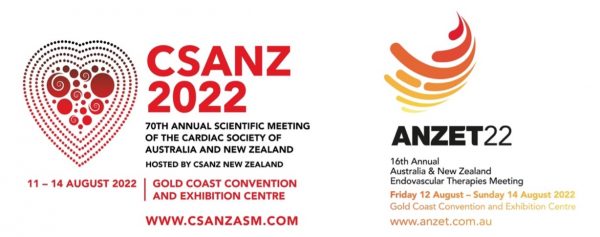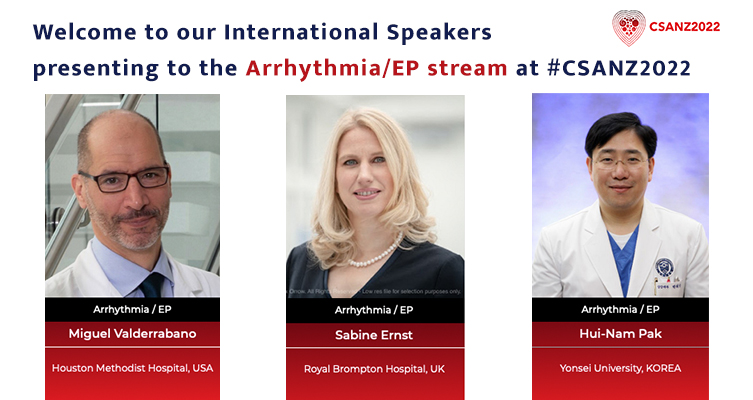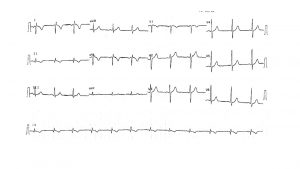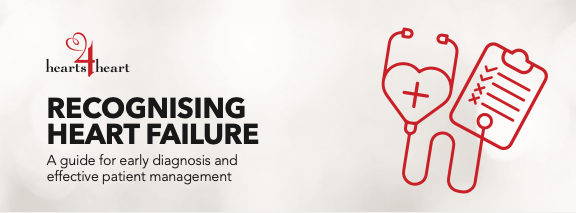The Cardiac Society of Australia and New Zealand is delighted that the overarching theme for this year’s ASM is Heart Health for All. The Meeting’s Scientific Program Committee has made a fantastic effort to weave heart health equity topics throughout the 2022 Program.
Here are some of the program highlights focusing on Indigenous health and equity issues.
Thursday 11 August 2022
Commencing on Thursday 11 August from 11.30am, the Indigenous Health Council will be holding the Indigenous Health Symposium where Dr Anna Rolleston and Prof Alex Brown will be giving their perspectives from Aotearoa and Australia respectively, on the Importance of doing research in line with Indigenous community expectations and the current principles and guidelines. Followed by examples of good practice and a facilitated panel discussion. See the full Symposium program here.
Friday 12 August 2022
On Friday 12 August, Equity of Care and Indigenous Health Prize Finalists session will take place after lunch, commencing with speakers:
• Dr Karen Brewer – What are the problems and what are the Kiwis doing about it?
• Prof Alex Brown – How is Australia improving equity in healthcare?
The Indigenous Health Prize session will be passionate and inspirational with our four finalists starting from 2.30pm:
• Dr Zara Rolfe, St George Hospital (NSW)
• Dr Nicholas Seton, Gold Coast Hospital and Health Service (QLD)
• Dr Emma Haynes, University of Western Australia (WA)
• Dr Keriana Kingi-Nepe, Hauora Tairawhiti (NZ)
Good luck to all (Read the finalists’ presentation topics here)
There are several other full sessions, individual presentations and topics across the broad spectrum of cardiology that speak to Heart Health for all. Here are just a few highlights.
Don’t miss the Multidisciplinary: Cardiovascular health for all – a global perspective session on Friday afternoon. International presenter, Prof Mariachiara Di Cesare (UK) – Global perspective on inequalities in cardiovascular risk and outcomes; and Prof Gita Mishra – Global issues in women’s cardiovascular health: Results from InterLACE consortium (Read more here).
Concurrently on Friday, the Paediatrics / Adult Congenital stream’s Striving for equity session presentations include:
• Prof Anita Moon-Grady (USA) – Using “big data” to help identify inequities in CHD outcomes.
• Dr Bo Remenyi – Rising inequity in rheumatic heart disease.
• Ms Rhonda Holloway – Improving adherence and health literacy in families faced with chronic health.
• Dr Nikki Earle – Prioritising equity in cardiovascular genomics research: The MENZACS story.
In other streams, Prof Robyn Clark will be presenting, Equity and access to care for patients with heart failure and A/Prof Saurabh Kumar presenting Demand, equity, and access to VT ablation.
Saturday 13 August 2022
Throughout Saturday the Multidisciplinarystream is hosting some interesting topics from addressing health literacy in the breakfast session to Implementation of evidence into clinical practice: challenges and success later in the afternoon. There’s a wide range of presentations including:
• Implementing socially protective factors to reduce CVD incidence in Aboriginal women.
• Delivering cardiovascular care in rural and remote QLD: Heart of Australia service.
• Telemedicine to Timor-Leste: implementing an international cardiac telehealth service during population dislocation, floods and COVID-19.
During the Paediatrics and Adult Congenital Prize Final presentations, we will hear from Dr Belinda Gowen, who will be speaking on Indigenous Paediatric Cardiac Surgical Patient Outcomes.
Also, don’t forget to attend the Women In Cardiology networking event during Saturday’s afternoon tea break out on the South Terrace.
Sunday 14 August 2022
In the Cardiac Imaging Access and Equity session on Sunday morning, there are some thought provoking ideas being presented followed by a panel discussion and Q&A.
Heart Health for All – Program Highlights of the Indigenous health and equity sessions (Download pdf here)




